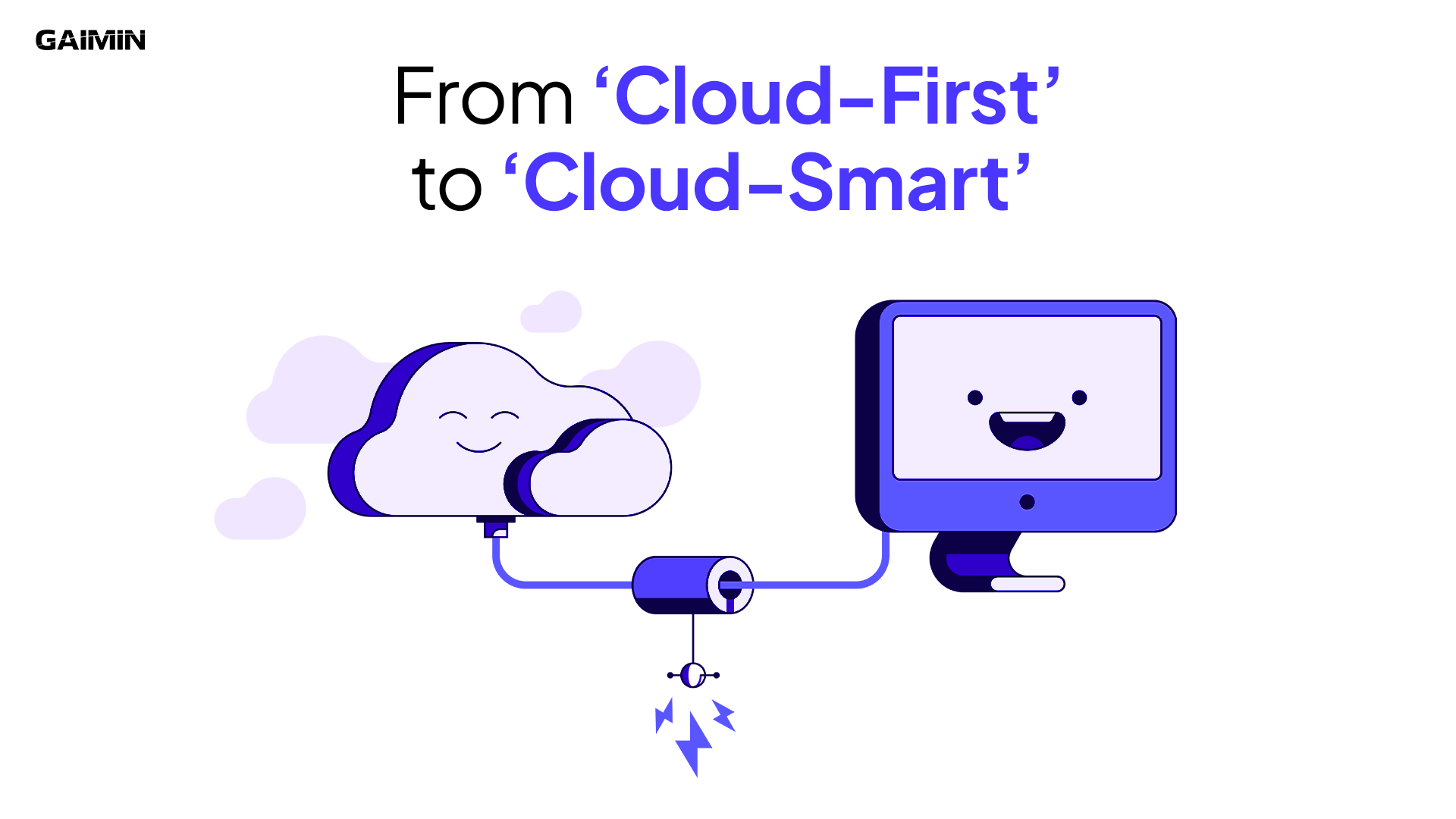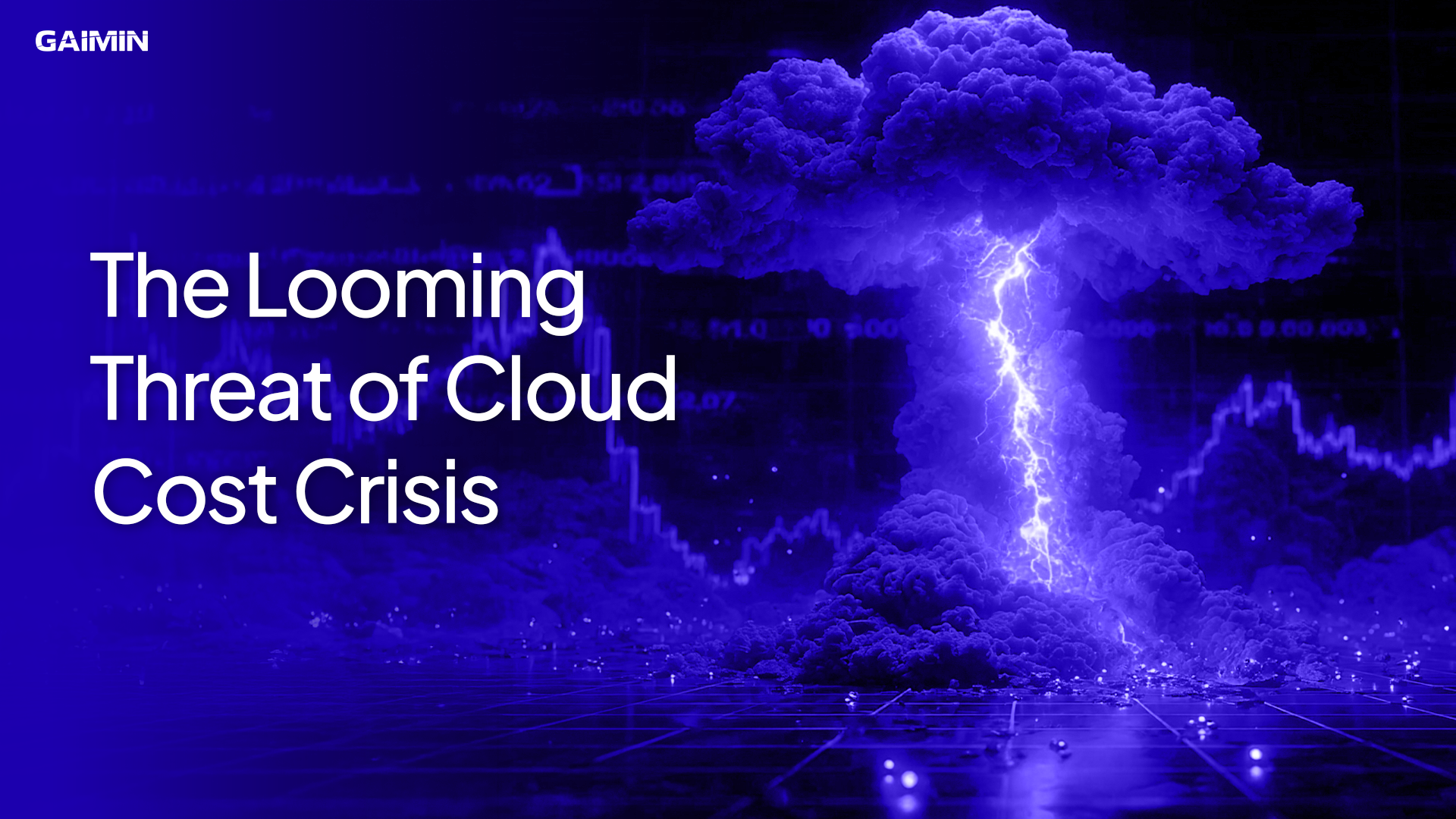The Year of Outages
2025 wasn’t supposed to be the year the internet fell apart.
But in just six months, we’ve seen:
- Spain and Portugal plunge into a blackout.
- London’s airport systems ground to a halt due to a power station fire.
- Google Cloud suffered a regional failure that rippled across dozens of apps.
- 911 services in the U.S. were knocked offline due to fiber and DNS failures, affecting over 70 million Americans.
In addition to several other cases around the globe.
The pattern is impossible to ignore. Our most critical systems, communication, healthcare, transportation, and finance, are only as reliable as the infrastructure they're built on.
The current centralized cloud infrastructures are cracking, perhaps due to the weight of the ever-growing global demand for cloud computing.
The Illusion of Resilience
For the last decade, we’ve embraced the cloud as the default. Ubiquitous. Scalable. “Always-on.”
Well, that went on for a while and is still the case. But recently, we have been experiencing way too many outages globally than we would have expected going into the year. The reality is that most of today’s cloud is highly centralized, with workloads running through a handful of hyperscale data centers in a few regions, managed by a few providers.
That centralization gives us power. But it also gives us single points of failure. This is the reason why most outages that have been experienced will knock out whole countries, continents, or even the whole world.
What we’re seeing now isn’t just bad luck or isolated glitches. It's the result of an architecture that was never designed for the scale, sensitivity, and global reliance we place on it today.
This is risky, and it’s due time we start exploring viable options, if not replacements. Centralized cloud has had its run. It’s time to implore a worthy substitute or support system. Enter Decentralization.
The Case for Decentralization Isn’t Hype, It’s Response
A few years ago, decentralization was seen as idealistic, something that was good but a luxury. And so the talk was largely left out in the context of Web3, not something enterprises built on.
Well, new times often require new measures. That perception is changing fast.
Every outage in 2025 has forced companies to ask the same question:
What happens when your cloud region is down, and everything you rely on is locked behind it?
Wouldn’t it be worth considering at least a backup option when the lights go out?
Decentralized cloud provides answers by design:
- It has no single point of failure
- Because data and workloads are distributed across thousands of nodes
- Meaning that faults are absorbed locally, not cascaded globally
Suddenly, what seemed like a theoretical alternative looks like a practical survival strategy for the future of Cloud Computing.
The most predominant use cases of the Cloud have always been file storage and distribution. Often, we seem to forget how fragile this system can be; well, here’s a reminder of how a couple of niches would suffer if access to files isn’t readily available.
Here’s why:
- Apps don’t run without config files.
- AI doesn’t train without datasets.
- Gamers don’t play without content patches.
- Media platforms can’t deliver without rapid distribution.
The modern internet is a giant file-moving machine.
And when centralized file delivery systems go down or get congested, everything else grinds to a halt.
What’s needed is a file distribution system that’s dynamic, fast, and failure-proof.
That’s exactly where decentralized cloud is making its quietest, yet most urgent, impact.
Imagine this:
- Files are split, encrypted, and stored across thousands of globally distributed nodes.
- When requested, they’re assembled and delivered from the closest, fastest, most available nodes.
- No dependence on a single location or provider and less potential for downtimes.
That’s decentralized file-sharing in action.
It’s not a futuristic vision; it’s happening now at GAIMIN.
The GAIMIN Cloud Network
GAIMIN Cloud is enabling File Distribution on demand through a mesh of PCs distributed across the globe. Yes, PC users are now contributors in an active infrastructure, enabling high-speed file distribution for global clients and getting rewarded for their contribution.
And the best part? The network grows as more users join and upgrade their PC. Each PC that installs the GAIMIN platform and enables monetization adds more storage, more bandwidth, and more load tolerance to the network.
By tapping into idle storage bandwidth from already existing PC hardware, GAIMIN Cloud has created a decentralized infrastructure ideal for distributing files around the globe.
This is no longer an experiment. It’s live on our ecosystem, and it’s designed to be both empowering for node contributors and performant for enterprise clients.
File Distribution on demand, powered by a global network of nodes, providing redundant file hosting, and always-available file distribution, at very minimal cost compared to centralized options. All ready for you to start exploring today!
Conclusion: The Cloud isn’t dead. We just need reliable backup options.
2025 has taught us a lot. We can’t pretend cloud failures aren’t a thing any longer. We can’t ignore that the world’s infrastructure now depends heavily on uptime. And we can’t assume that the old model of cloud is enough to carry us into an era of hyper-connected, data-intensive applications.
The next generation of cloud isn’t about more of the same. It’s about designing around failure from the start.
That doesn’t mean throwing away what exists; it means augmenting it with architecture that distributes risk, spreads capacity, and rewards participation.
Decentralized cloud isn’t a “Web3 alternative.” It’s an infrastructure imperative.
And file-sharing is where it’s proving itself most visibly, most urgently, and most impactfully.
If you're building for a world that can’t afford to go offline, this is your signal to rethink your stack. Try GAIMIN Cloud File Sharing today!



.png)
